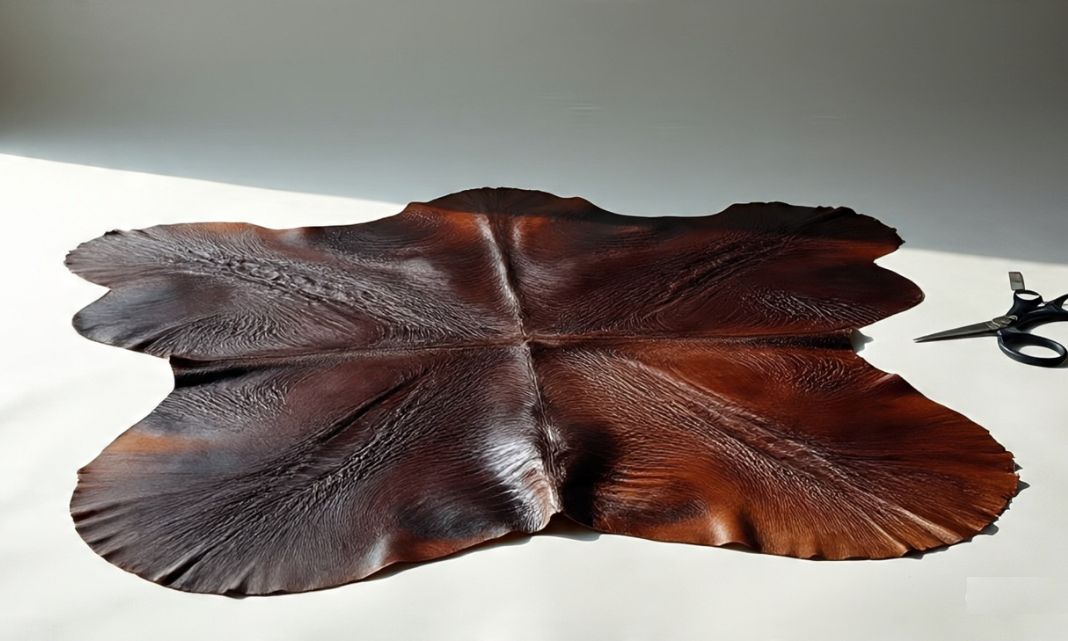Introduction to Zuschneidfelle
When it comes to leathercraft and DIY projects, some materials provide more versatility and character as zuschneidfelle. These premium cuttings are prized by Hids artisans to their durability, texture and ability to convert simple designs into timeless compositions. Whether you are stitching a custom bag by hand, preparing unique home decor, or experimenting with wearable arts, zuschneidfelle open the door to endless creative possibilities.
But does it make them special? Let’s choose their origin, type, use, and how you can choose to hide right for your next work.
What are Zuschneidfelle?
The German word zuschneidfelle literally means “cutting skins.” Traditionally, they were used by leatherwork for accurate, high quality crafting. Today, they remain an alternative to artisans around the world, which attract importance to materials that combine function, aesthetics and stability.
The high-grade zuschneidfelle is usually chosen morally from sour sour, ensuring both strength and beauty. They can be vegetable-tan for a rich, natural finish, or vibrant colors and a soft touch for chrome-tan.
Types of Zuschneidfelle
- Vegetables-torn zuschneidfelle – Durable, beauty beautifully, and ideal for items requiring structure such as belts, straps and seachels.
- Chrome-focused zincfel – Soft, flexible, and available in bright colors, perfect for purse, bags and clothes.
- Embossed zuschneidfelle – Characteristic of unique patterns or textures, good for decorative panels and statement accessories.
- Same zuschneidfelle – Ideal for soft, fabric, lining and soft decoration with a luxurious nap.
Popular Use for Zuschneidfelle
- Leather goods – Handbags, wallets, belts, and watch straps.
- Uphnosis projects – Chairs, cushions and interior.
- Art and mixed media – Leather panels for wall art or sculpture locations.
- Pet accessories – Stylish collar, lease and durable beds.
His versatility appeals to zuschneidfelle equally to hobby and professional manufacturers.
Choosing the Right Zuschneidfelll
- Project Types – Hard skins for structured designs; Hide for soft flexible or wearable projects.
- Texture and finish – Smooth grains for accurate work; Natural grains for a rustic look.
- Color – Tan for natural brown and timely appeal, bold colors for modern designs.
- Thickness – Thinly thick, thin, heavy duty upholstery or thick for belt.
Cutting Equipment and Technology
- Rotary cutter – Ideal for long, clean cuts.
- Leather scissors – For controlled size and trimming.
- Craft knife – For complex details.
Pro Tip: Always use a cutting mat and keep the blade sharp to avoid ragged edges.
Where to Buy Zuschneidfelle?
- Local leather and crafts stores – Great for checking skins in person.
- Online leather suppliers – Etsy, Amazon, and special leather retailers.
- Trade shows and craft fairs – Search for unique texture and speak directly with vendors.
Zuschneidfelle Care
- Storage – Hide in a cool, dry place away from sunlight.
- Cleaning – Wipe gently with a damp cloth; Avoid harsh chemicals.
- Conditioning – Use of leather conditioners sometimes to keep them soft.
Eco-Friendly Zuschneidfelle
If stability is important for you, see:
- By-product hides – Sour from the food industry.
- Vegetable-beloved – Uses plant-based tannins instead of leather-hiratory chemicals.
- Certified moral supplier – Verified for responsible sourcing and production.
Expert Tips and General Mistakes to Avoid
- Mark before cutting – Use chalk or washable pen for accuracy.
- Test on scrap – Practice technique before working on your main piece.
- Glue & stitching set – Rushing assembly can cause flaws.
- Avoid dull blades – They cause right edges.
- Do not store in plastic – Leather needs to breathe.
Frequently Asked Questions
Q1: Are Zuschneidfelle good for beginners?
Yes. With correct equipment, even leathercrafts can achieve professional results for the first time.
Q2: How long does Zuschneidfelle last?
With proper care, they can remain for decades.
Q3: Can I dye Zuschneidfelle myself?
Yes, especially with vegetable-chewed skin, which beautifully absorbs colors.
Q4: What is the best thickness for wallet?
Usually 1–1.5 mm for flexibility without bulk.
Q5: Are Zuschneidfelle waterproof?
Not completely, but can improve treatment and finish water resistance.
Conclusion
Zuschneidfelle is more than just cutting the skins – they are quality craftsmanship, creativity and long-lasting beauty. Whether you are designing stitching, upholstery, or custom leather items, the right zuschneidfelll may change your work. Choose wisely, take care of your skin, and enjoy making pieces standing on the test of time.

